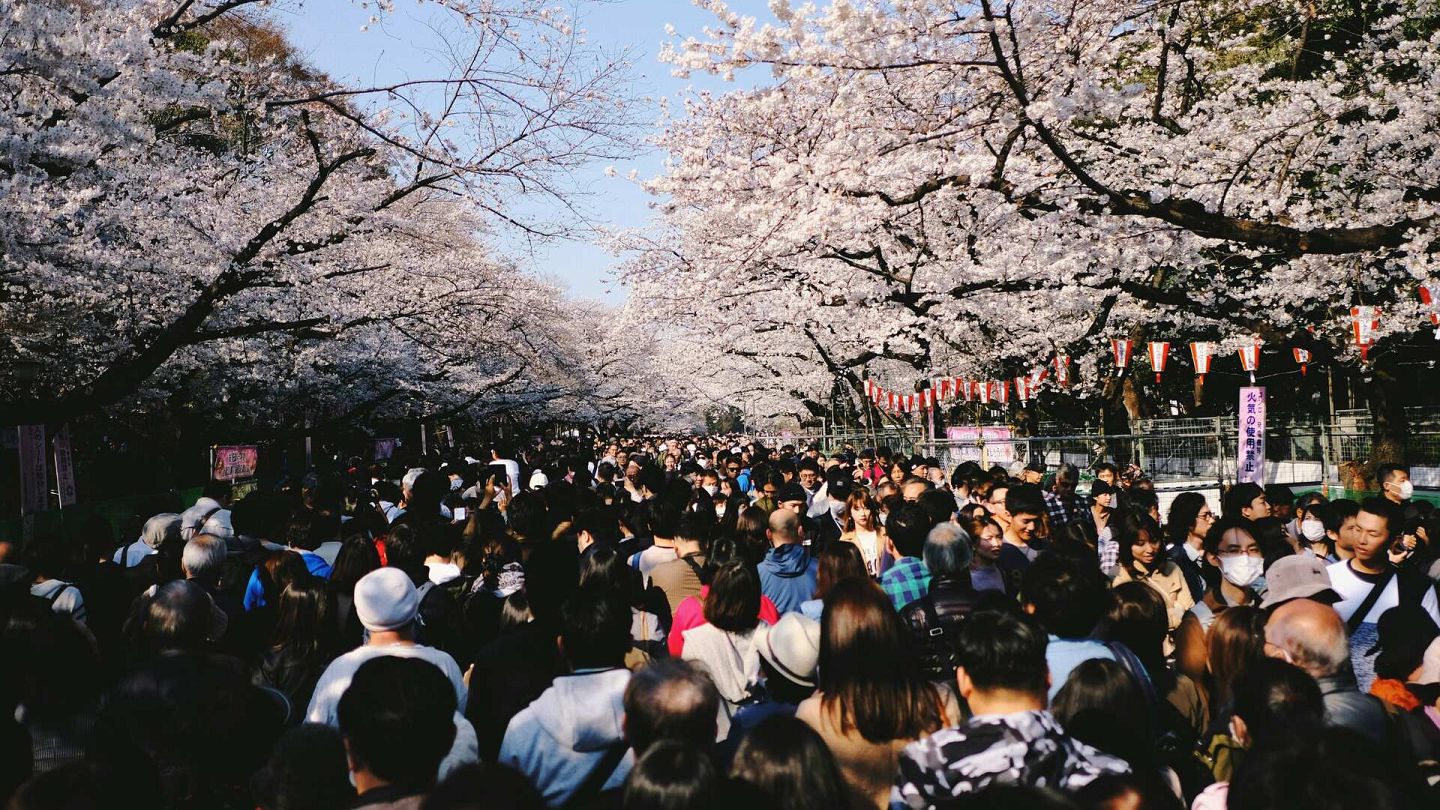
If you’re budgeting for a trip to Japan in 2026, you may need to set aside a little extra.
The Japanese government is planning to increase the international departure tax in 2026. Fees for single- and multiple-entry visas, which have not been updated since 1978, may also go up substantially.
According to The Nikkei and Asahi Shimbun, the additional revenue could be used to improve airport infrastructure, strengthen security screening and fund domestic programs pitched by its incoming government, such as free high school tuition.
Japanese citizens would still pay the departure tax, too, but officials have floated the idea of reducing passport application and renewal fees to offset the cost for locals.
How much more could travellers pay?
Japan’s departure tax – a fee collected from all people leaving the country, most often those who travel by air – was introduced in 2019 at a flat rate of ¥1,000 (about €5.50). Officials are now considering raising it closer to “international standards.”
Germany, for example, charges departure fees for departing air passengers that range from €15.53 to €39.34 for nearby countries and €70.83 for all others.
Japan’s decades-old visa fees are also under review. Currently, a single-entry visa costs around JPY 3,000 (€19) and a multiple-entry visa about JPY 6,000 (€38).
If brought into line with other comparable economies – such as the UK’s £127 (€150) or the EU’s €90 fee for a Schengen visa – travellers could see a major increase.
A new pre-screening system, known as the Japan Electronic System for Travel Authorisation (JESTA), is also in the works for 2028. Similar to Europe’s planned €20 ETIAS fee, it will apply to nationals of visa-waiver countries and likely carry an additional charge of JPY 6,000 (€36).
Why now?
Officials say the changes are overdue.
Japan’s visa fees have remained unchanged for nearly half a century. Meanwhile, the government has struggled to secure the €2.25 billion needed to expand free tuition for all high school students, even those who attend private school – a widely touted policy proposed by the Liberal Democratic Party coalition.
By raising fees paid primarily by foreign nationals, the Japanese government is hoping it can generate new revenue without putting new burdens on its taxpayers.
But the move also reflects growing unease over the country’s tourism boom and the strain it has placed on local communities.
How is Japan combating overtourism?
Driven by its ancient culture, the round-the-clock energy in cities such as Tokyo and an incredible cuisine, tourism to Japan has surged far beyond pre-pandemic levels.
A record 31.6 million international visitors arrived between January and September this year. To manage the influx, several regions are now introducing measures to recalibrate tourism and address its impact on daily life.
Earlier this month, the Ministry of Internal Affairs and Communications approved a tiered accommodation tax in Kyoto, set to take effect next year. It marks the first increase since the levy was introduced in 2018 and is expected to more than double the city’s revenue from accommodation taxes, from about €32 million to about €71 million.
Under the new system, visitors staying in luxury hotels will pay as much as JPY 10,000 (€56) per night, while those in mid-range accommodation will be charged between JPY 1,000 and JPY 4,000 (€5.50 and €23).
The lowest rate, JPY 200 (about €1), will apply to budget stays under JPY 6,000 (€34) per night.
Kyoto officials say the goal isn’t to deter tourists but rather ensure they pay a share for the city’s overtourism measures.
Nicholas Smith, the holidays digital director at Thomas Cook, told Euronews that such levies “are rarely meant to discourage travel – they are designed to reinvest in the very things that make cities attractive: cultural preservation, public transport, cleanliness and better visitor management.”
A new prime minister and a cultural shift
The debate over visitor numbers has taken on a sharper tone under Japan’s new prime minister, the hardline conservative Sanae Takaichi.
In a recent campaign video, Takaichi – Japan’s first female prime minister – claimed that foreign tourists had been kicking the famous deer at Nara Park. Those remarks tap into a rising tide of anti-immigrant and anti-tourist sentiment that reflects the blowback occurring in many Western nations today, according to the New York Times.
With higher fees and growing concerns over visitor numbers, Japan appears to be entering a new phase in how it manages its booming tourism industry.